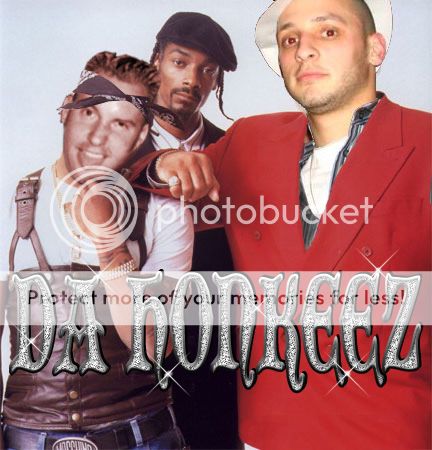So, share your tips. Everything would be useful. I'm not currently using photoshop, but I will get it in a few days. Many artworks of Travis look that way, you know, kind of damaged, old resulting in a haunting effect. So, post some tips related to techniques used either on paper or on layers that are used in photoshop (or other programs) to make a picture look like that.
How to make a pictue look old, distressed etc?
- Thread starter Tone-Deaf
- Start date
Similar threads
- Eyesore
- Travis Smith


